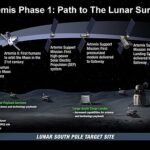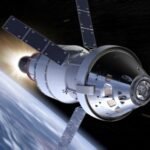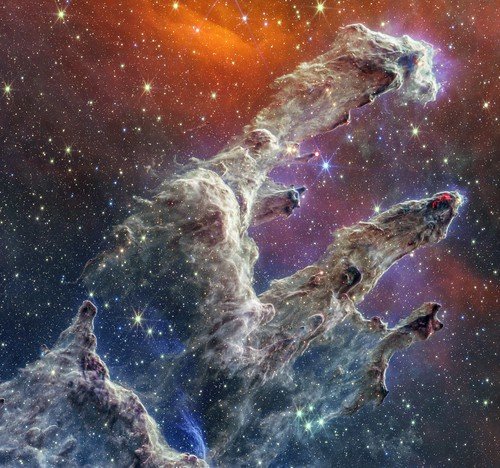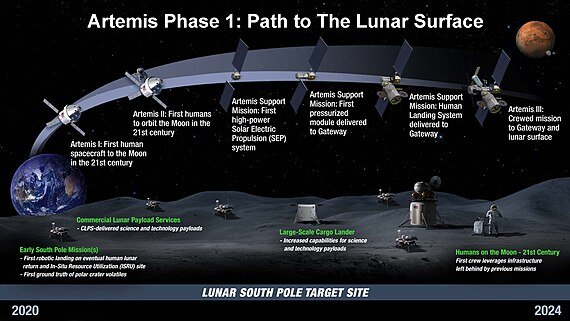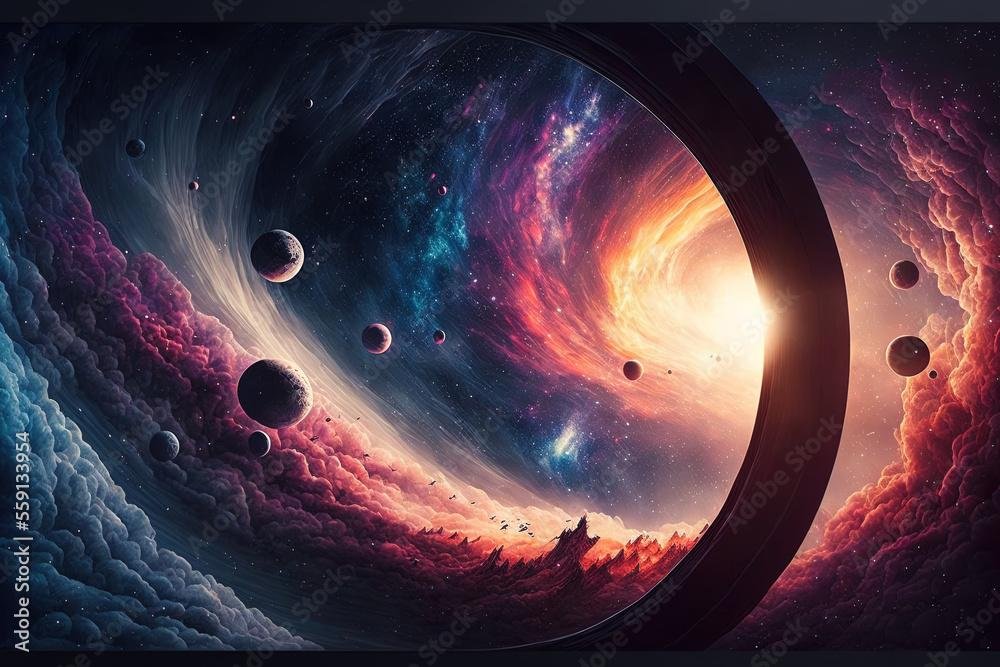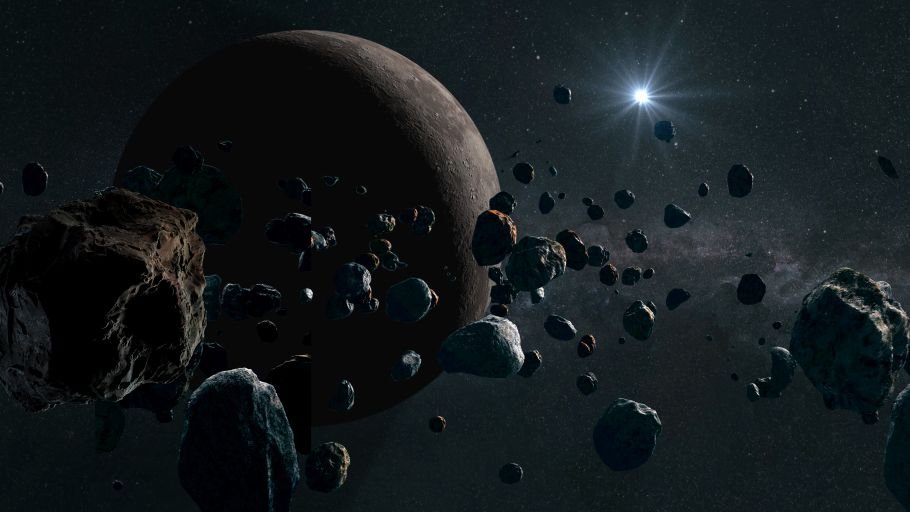The James Webb Space Telescope (JWST), often referred to as the successor to the Hubble Space Telescope, is one of the most ambitious and revolutionary scientific instruments ever built. Launched on December 25, 2021, JWST is designed to peer deeper into the cosmos than ever before, uncovering the mysteries of the early universe, the formation of galaxies, and the potential for life on distant exoplanets. With its cutting-edge technology and unprecedented capabilities, JWST is set to transform our understanding of the universe.
In this article, we’ll explore the science behind the James Webb Space Telescope, its groundbreaking features, the discoveries it has already made, and how it is revolutionizing our view of the cosmos.
What Is the James Webb Space Telescope?
The James Webb Space Telescope is a large, space-based observatory developed by NASA, in collaboration with the European Space Agency (ESA) and the Canadian Space Agency (CSA). Named after James E. Webb, NASA’s administrator during the Apollo era, JWST is designed to observe the universe in infrared light, allowing it to see through cosmic dust and capture images of the earliest galaxies.
Key Features of JWST
- Infrared Capabilities: JWST’s instruments are optimized for infrared wavelengths, enabling it to observe distant and faint objects.
- Large Mirror: Its 6.5-meter gold-coated beryllium mirror is nearly three times the size of Hubble’s, providing unparalleled resolution and light-gathering power.
- Sunshield: A five-layer, tennis court-sized sunshield protects the telescope from the Sun’s heat, keeping its instruments at cryogenic temperatures.
- Orbit: JWST orbits the Sun at the second Lagrange point (L2), approximately 1.5 million kilometers from Earth, providing a stable and unobstructed view of the universe.
The Science Behind JWST
JWST is designed to address some of the most profound questions in astronomy and cosmology. Here are the key scientific goals of the mission:
1. The First Galaxies and the Early Universe
JWST is capable of observing the light from the first galaxies that formed after the Big Bang, over 13.5 billion years ago. By studying these ancient galaxies, scientists hope to understand how the universe evolved from its infancy to its current state.
2. Star and Planet Formation
JWST can peer through clouds of dust and gas to observe the birth of stars and planetary systems. This will provide insights into the processes that lead to the formation of stars, planets, and even life.
3. Exoplanets and Habitability
JWST’s advanced instruments can analyze the atmospheres of exoplanets (planets outside our solar system) to detect signs of water, oxygen, and other potential indicators of habitability.
4. The Life Cycle of Galaxies
By studying galaxies at different stages of their evolution, JWST will help scientists understand how galaxies form, grow, and interact over billions of years.
Groundbreaking Discoveries by JWST
Since its launch, JWST has already made several groundbreaking discoveries, revolutionizing our understanding of the universe.
1. The Deepest Infrared Image of the Universe
In July 2022, NASA released JWST’s first deep-field image, showcasing a galaxy cluster called SMACS 0723. This image revealed thousands of galaxies, some of which existed just a few hundred million years after the Big Bang.
- Impact: This image provided a glimpse into the early universe and demonstrated JWST’s ability to observe distant objects with unprecedented clarity.
2. Atmospheric Analysis of Exoplanets
JWST has analyzed the atmospheres of several exoplanets, including WASP-96 b and TRAPPIST-1e. It detected water vapor, carbon dioxide, and other molecules, providing clues about their potential habitability.
- Impact: These findings bring us closer to answering the question of whether life exists beyond Earth.
3. The Cartwheel Galaxy
JWST captured stunning images of the Cartwheel Galaxy, a rare ring galaxy formed by a collision with a smaller galaxy. The images revealed intricate details of star formation and dust distribution.
- Impact: This observation provided new insights into the dynamics of galaxy collisions and their role in shaping the universe.
4. The Pillars of Creation
JWST’s image of the Pillars of Creation in the Eagle Nebula showcased its ability to see through cosmic dust, revealing newborn stars and intricate structures.
- Impact: This iconic image highlighted JWST’s potential to study star-forming regions in unprecedented detail.
How JWST Compares to Hubble
While Hubble has been a cornerstone of astronomy for over three decades, JWST represents a significant leap forward in terms of technology and capabilities.
1. Wavelength Range
- Hubble: Primarily observes in visible and ultraviolet light.
- JWST: Focuses on infrared light, allowing it to see through dust and observe cooler objects.
2. Mirror Size
- Hubble: 2.4-meter mirror.
- JWST: 6.5-meter mirror, providing greater resolution and sensitivity.
3. Orbit
- Hubble: Orbits Earth at an altitude of about 547 kilometers.
- JWST: Orbits the Sun at L2, far from Earth’s interference.
4. Scientific Goals
- Hubble: Focused on a wide range of astronomical phenomena, from nearby planets to distant galaxies.
- JWST: Designed to study the early universe, exoplanets, and star formation in greater detail.
The Technology Behind JWST
JWST’s revolutionary capabilities are made possible by its advanced technology.
1. Infrared Instruments
JWST is equipped with four main instruments:
- Near-Infrared Camera (NIRCam): Captures high-resolution images in the near-infrared spectrum.
- Near-Infrared Spectrograph (NIRSpec): Analyzes the light from distant objects to determine their composition.
- Mid-Infrared Instrument (MIRI): Observes in the mid-infrared range, ideal for studying cooler objects.
- Fine Guidance Sensor/Near-Infrared Imager and Slitless Spectrograph (FGS/NIRISS): Provides precise pointing and additional imaging capabilities.
2. Sunshield
JWST’s sunshield is critical for maintaining the telescope’s temperature. It blocks heat from the Sun, Earth, and Moon, allowing the instruments to operate at temperatures as low as -223°C (-369°F).
3. Deployable Mirror
JWST’s large mirror had to be folded to fit inside the rocket and deployed in space. This engineering feat required precision and innovation.
Challenges and Triumphs
The development and launch of JWST were not without challenges.
1. Delays and Budget Overruns
JWST’s development took over 20 years and cost nearly $10 billion, significantly more than initially planned. Delays were caused by technical complexities and the need for rigorous testing.
2. Risky Deployment
JWST’s deployment involved hundreds of moving parts, including the sunshield and mirror segments. A single failure could have jeopardized the entire mission.
3. Success Against the Odds
Despite the challenges, JWST’s successful launch and deployment have been hailed as a triumph of engineering and international collaboration.
The Future of JWST
JWST is expected to operate for at least 10 years, with the potential for an extended mission. Its discoveries will shape the future of astronomy and inspire new missions.
1. Uncovering the Early Universe
JWST will continue to observe the first galaxies, shedding light on the conditions of the early universe.
2. Searching for Life
By analyzing the atmospheres of exoplanets, JWST could identify potential biosignatures, bringing us closer to discovering extraterrestrial life.
3. Inspiring Future Missions
JWST’s success will pave the way for even more advanced telescopes, such as the Nancy Grace Roman Space Telescope and the LUVOIR concept.
Conclusion: A New Era of Discovery
The James Webb Space Telescope represents a new era of discovery, pushing the boundaries of what we know about the universe. From the first galaxies to the potential for life on distant worlds, JWST is revolutionizing our view of the cosmos. Its groundbreaking capabilities and early successes are a testament to human ingenuity and the power of international collaboration.
As JWST continues to explore the universe, it will undoubtedly uncover new mysteries and inspire future generations of scientists, engineers, and dreamers. The journey of discovery has only just begun, and the best is yet to come.
